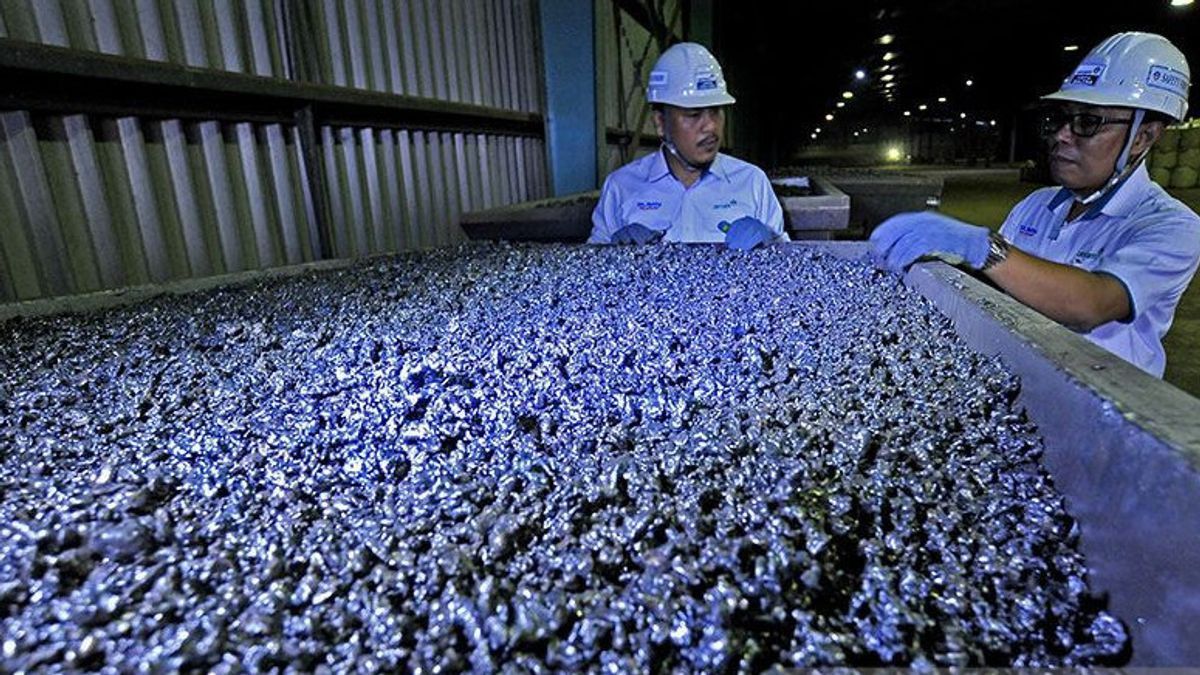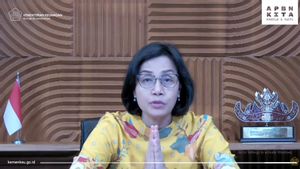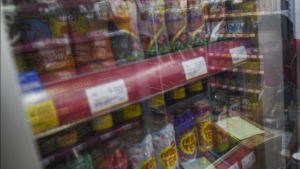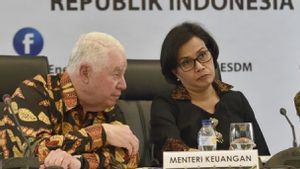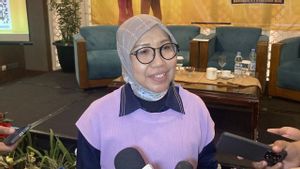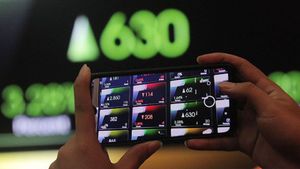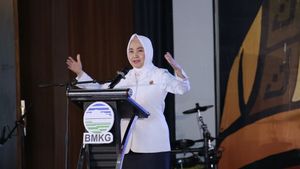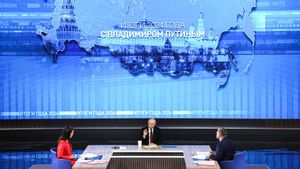JAKARTA - The Ministry of Energy and Mineral Resources (ESDM) through the Special Staff of the Minister of Energy and Mineral Resources for the Acceleration of Mineral and Coal Governance, Irwandy Arif, has opened his voice about downstream nickel which is more profitable for China.
Irwandy admitted that the smelter company that entered Indonesia was a cooperation smelter that 90 percent was a Chinese company.
"We see that the downstream nickel is indeed 100 percent RKEF Rotary Kiln-Electric Furnace), which is purely metallurgical and produces nickel pig iron and ferronickel. 90 percent of the cooperation smelter from CHina," he told the media crew at the Ministry of Energy and Mineral Resources Building, Friday, August 18.
Irwandy also explained that there were many smelters from CHina from the start. According to him, this stems from the downstream Indonesia program that collaborated with Vale Canada, which was first known as INCO, which processed nickelcurrency and PT Antam, which also started downstreaming.
"Why were they (China) chosen because it was cheap by business and in the past, Inco was from Canada, the technology. Recently, it came in cheap (China)," explained Irwandy.
Despite being dominated by Chinese companies, Irwandy emphasized that Indonesia still gets added value from the downstream nickel carried out. In addition, Indonesia will also attract other partners besides China to work together in the downstream program in the future.
"But if we look at our revenues, it's actually increasing, in my opinion. Indeed, later there will be other partners who will work together in the future, not only from China, especially later the new RKEF that has been approved," explained Irwandy.
Previously, Senior Economist of INDEF Faisal Basri said that the downstream nickel policy in Indonesia only benefits China. Faisal said that the strategy implemented by Indonesia was only downstream and not industrialization.
"Unfortunately there is no industrialization strategy. There is a downstream policy. It's different," said Faisal at the 2023 INDEF Summit Seminar, Tuesday, August 8.
Faisal detailed that based on 2014 data, the export value of nickel ore code HS 2604 was recorded at only Rp1 trillion. This was obtained from exports worth 85.913 million US dollars multiplied by the average exchange rate of rupiah in the same year, which was Rp11,865 per US dollar.
اقرأ أيضا:
"Then, where did the figure of Rp510 trillion come from? Based on 2022 data, the export value of iron and steel code HS 72 which is claimed to be the result of downstreaming is US$27.8 billion. Based on the average exchange rate of rupiah in 2022 of 14,876 per US dollar, the export value of iron and steel code HS 72 is equivalent to Rp413.9 trillion," explained Faisal.
Apart from the difference in data between what the President said and the calculations, continued Faisal, it is true that the surge in exports from downstream results, which is 414 times, is really fantastic.
"However, does export money flow to Indonesia? Given that almost all 100 percent nickel ore processing smelters are owned by China and Indonesia adheres to the free foreign exchange regime, it is the Chinese company's right to bring all its export products abroad or to its own country," said Faisal.
The English, Chinese, Japanese, Arabic, and French versions are automatically generated by the AI. So there may still be inaccuracies in translating, please always see Indonesian as our main language. (system supported by DigitalSiber.id)
